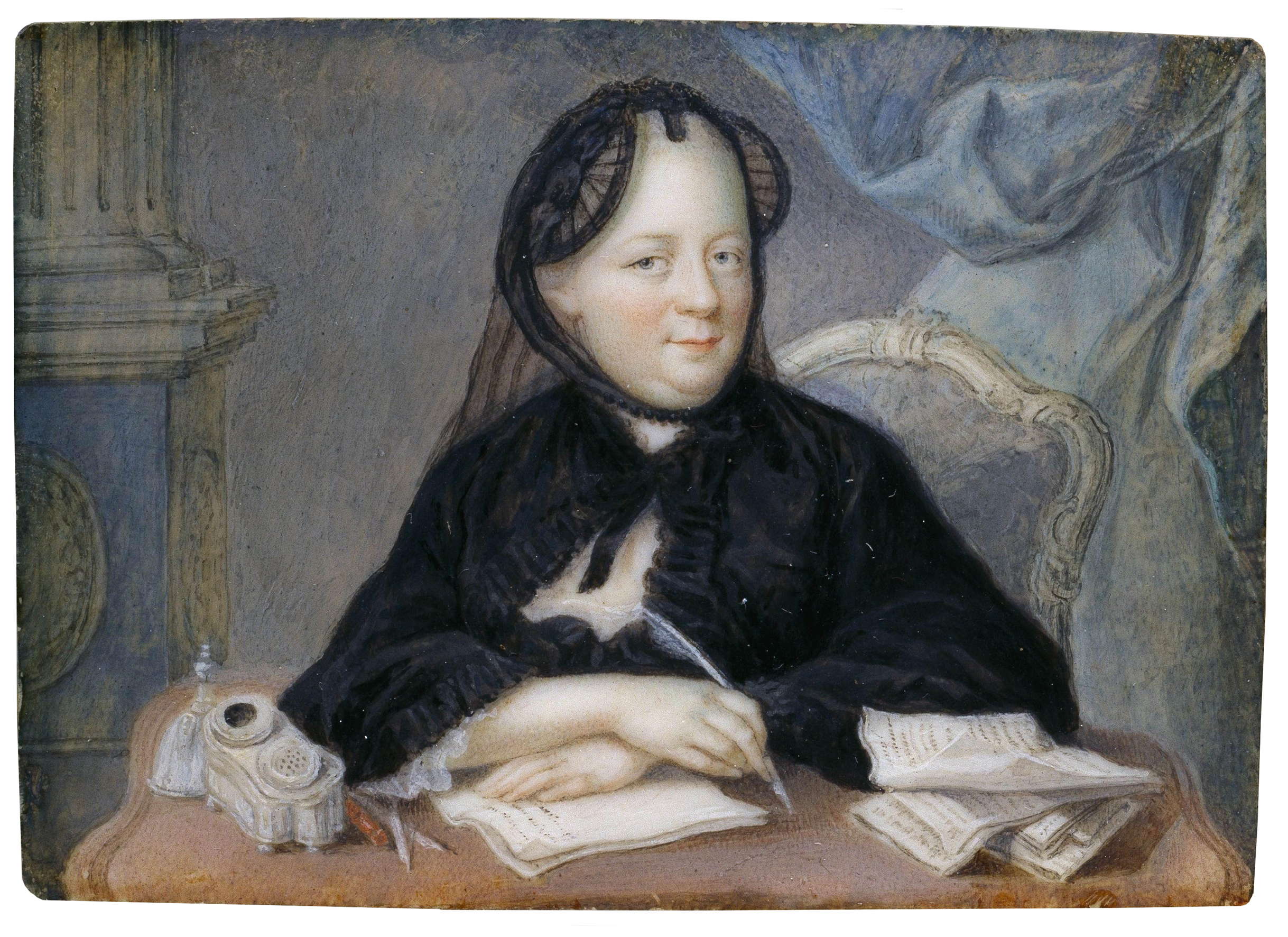Please welcome Leslie Carroll, author of NOTOROIOUS ROYAL MARRIAGES for dedicating this wonderful post especially written for Enchanted by Josephine!
MALMAISON
No one knows how Malmaison (“bad house”) got its name. The château’s life began as a fief of the Abby of Saint-Denis, and from 1360 to 1763 it remained in the same family. On April 21 1799 the property was purchased by Josephine Bonaparte, the wife of the rising Corsican-born general, Napoleon.
Neither of them had remained faithful to each other thus far. Josephine, the widowed mother of two children, Eugène and Hortense, was a survivor—of one bad marriage, and of the Terror. Josephine’s second marriage, to Napoleon, was initially another exercise of her keen survival instincts, although she and Bonaparte would eventually become thoroughly dependent on each other in every way.
In 1799, Josephine was deep into an extramarital fling with another diminutive dark-haired officer, Hippolyte Charles. Nonetheless, she was depressed and missed her husband. She had taken Napoleon’s suggestion to find them a quiet country estate, purchasing the Château de Malmaison some ten miles from Paris
Napoleon returned from Egypt
“Love is not for me,” he dismissively claimed. “I am not as other men.”
Josephine never again so much as glanced at another man, desperate to regain her husband’s trust.
As they rebuilt their marriage, they reconfigured Malmaison. Already Josephine’s dream home, Napoleon’s architects, Fontaine and Percier, altered the front façade so that it resembled a military tent. Classical statuary adorned a series of buttresses that unfortunately no longer exist. There was even a theatre, which is gone now as well.
After Josephine was crowned empress of France December 2, 1804 , she rededicated herself to making Malmaison even more her own idyll. A conservatory and garden were added, because Josephine was passionate about flowers, especially roses. And she indulged her passion for collecting art and antiquities.
Although he claimed to have been doing it for France January 10, 1810 because she had failed to give him an heir. When the ceremony was over and all the documents had been duly executed, Napoleon kissed Josephine and accompanied her to her apartments. Later that day, she visited his rooms, her hair “disordered and her face contorted,” according to Napoleon’s valet Louis Constant. The imperial couple began to weep. “Be brave,” the emperor counseled his now ex-wife, “I will always be your friend.”
The following day Josephine and her household moved into Malmaison. Napoleon visited her there that afternoon, and they were spotted walking hand in hand. It was clearly painful for each of them to let go of what they had shared for so many years. Josephine had been the emperor’s rock, confidante, companion, and grand passion. She had grown in the relationship from tepid indifference to utter devotion. Even after Napoleon's 1814 exile to Elba, Josephine maintained his rooms at Malmaison, shrinelike, just as he had left them.
By this time, Josephine was fifty years old. Her skin had become discolored and her usually dulcet voice was raspy and hoarse. She had caught a cold in mid-May after going riding in one of her flimsy white muslin frocks and the chill had metamorphosed into a fever. Her symptoms were those of diphtheria. Yet she refused to remain in bed, hosting a dinner and dance in the tsar’s honor on the evening of May 24. Over the next couple of days her condition worsened. On May 27 she became delirious, murmuring his name . . . Bonaparte.
Josephine’s children were beside her gilded swan-shaped bed when she died at Malmaison on the morning of May 29, “as gently and sweetly as she lived,” according to her son, Eugène. Mourning etiquette prevented her children from attending their mother’s funeral, a quiet ceremony held in the church at Rueil, where they later erected a sculpture of her.
I had the pleasure of visiting Malmaison last September. It was a gloomy day, the Parisian skies as gray as the façade of the château, the falling leaves damp and brown. From the moment I stepped on the gravel walk that leads to the main entrance, I was hit with the profoundest tristesse. The “bad” house was, palpably, the “sad” house. Perhaps it was because my husband and I were practically the only ones there. Had everyone forgotten Josephine? The château is presently a museum of Napoleona
As it was late September, what remained of Josephine’s magnificent gardens was sparse and sere—except for a couple of survivors, a few late summer roses that had managed to stay in full bloom through the first few days of fall. I had to photograph one of them; and it was not until I loaded them on my computer that I could see the details of what I had initially thought was one perfect pure white rose. Look closely and you will see several pale red spots. It is as if the rose itself had survived the sprays of blood from the Terror.
And I’m sure you all know what Josephine’s real name was. But in case you don’t—until Napoleon decided to rename her, she was always known as Rose.





































.jpg)










191 comments:
Post a Comment